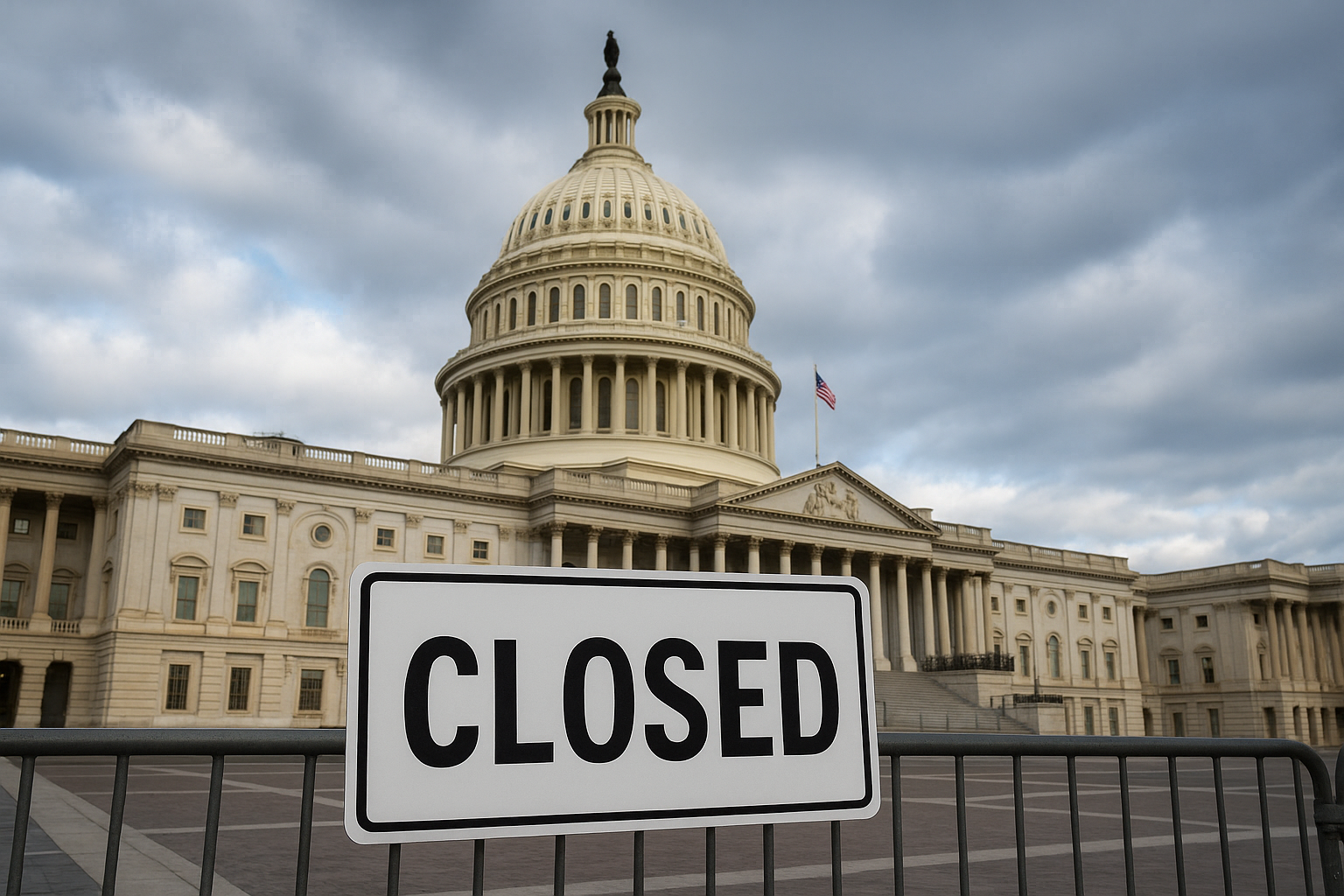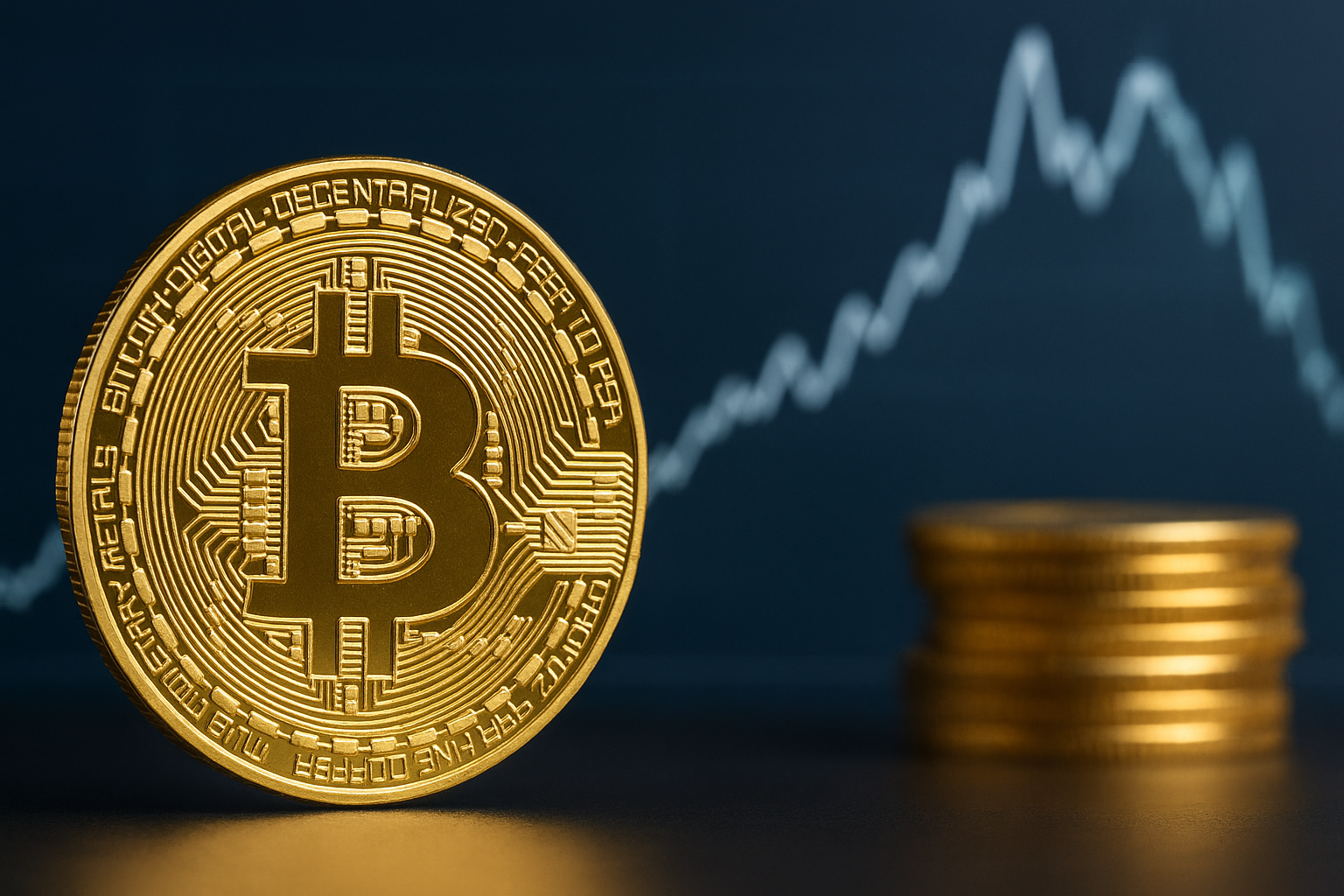After 42 days of gridlock and uncertainty, Washington finally broke its deadlock. The U.S. government has officially reopened following the passage of a crucial funding bill late Wednesday night, marking the end of the longest shutdown in modern American history. Equity markets responded positively in early trading, while bond yields edged higher as investors recalibrated expectations for both fiscal and monetary trajectories heading into the final quarter of 2025.
According to The Guardian and Reuters (November 13, 2025), the resolution came after weeks of political brinkmanship that halted government services, delayed federal data releases, and dented investor confidence. The reopening signals relief not just for federal employees and contractors but also for the broader economy, which faced mounting risks from suspended government operations and policy paralysis.
Markets React with Renewed Caution
Wall Street welcomed the news with modest gains—an early sign of optimism tempered by the realization that the economic fallout from the 42-day shutdown could still ripple through Q4. The S&P 500 climbed 0.8% in pre-market futures, while Treasury yields nudged higher as traders priced in a resumption of government borrowing and spending programs.
“Markets are breathing a sigh of relief,” said Lindsey Jacobson, senior U.S. strategist at Barclays, in a note to clients cited by Reuters. “But the shutdown’s indirect effects—on data reporting, confidence, and agency operations—will take time to unwind.”
During the shutdown, key federal data including employment figures and inflation metrics were delayed, forcing investors and policymakers to rely on private sector proxies. The return of timely government data is now expected to restore clarity to economic forecasting and policy-setting at the Federal Reserve.
Why This Matters for Investors
The reopening restores a critical feedback loop between the U.S. government and financial markets. Without regular releases from the Bureau of Labor Statistics or the Department of Commerce, traders were flying blind—an especially precarious position in a year when inflation trends and rate expectations have driven nearly all asset class performance.
For equity investors, the end of the shutdown brings a short-term boost in sentiment. The removal of fiscal uncertainty, combined with the likelihood of renewed government contracting and infrastructure disbursements, could benefit industrials, construction, and defense stocks. Companies such as Caterpillar, Lockheed Martin, and Jacobs Solutions may see increased order flow in the months ahead.
For bond markets, the picture is more nuanced. The reopening means a resumption of Treasury issuance, which could modestly pressure yields upward. However, if the delay in economic activity translates into a short-term growth dip, the Fed may take a more accommodative stance in upcoming meetings—something fixed-income investors will watch closely.
Fiscal Clarity and Monetary Signaling
Analysts expect the government’s return to normal operations to coincide with fresh updates from the Federal Reserve and the Treasury Department in the coming weeks. The resumption of fiscal clarity allows policymakers to better gauge the state of public finances, debt issuance, and inflationary pressures.
“The shutdown distorted the data environment, leaving the Fed without key inputs,” said Gregory Daco, Chief Economist at EY-Parthenon, in a recent Bloomberg interview. “Now, we can expect more cohesive policy communication and improved forward guidance as the economy regains footing.”
Meanwhile, the Biden administration is reportedly preparing a revised fiscal spending roadmap focused on infrastructure, climate investment, and digital resilience. This could further stimulate mid-2026 growth projections, offering investors in construction materials, green energy, and public works sectors a potential upside.
Future Trends to Watch
- Macroeconomic Data Backlog:
The reactivation of government agencies will trigger a wave of delayed data releases—covering inflation, employment, and GDP. Market volatility could spike as investors absorb several weeks’ worth of indicators in quick succession. - Debt Issuance and Fiscal Discipline:
With the Treasury likely to accelerate short-term borrowing to replenish cash balances, investors should expect near-term fluctuations in bond yields and liquidity conditions. - Policy Coordination Between Congress and the Fed:
The reopening reduces political noise, giving the Federal Reserve more room to communicate its monetary stance clearly. However, any renewed partisan battles over fiscal spending could quickly reignite volatility in both bonds and equities.
Key Investment Insight
For investors, the reopening represents more than a political resolution—it’s a reactivation of economic rhythm.
- Equity Opportunity: The near-term lift in government-related sectors (defense, infrastructure, energy transition) may offer tactical plays for active investors.
- Fixed-Income Watch: The return of Treasury auctions could steepen the yield curve; consider duration management strategies to hedge against sudden rate volatility.
- Macro Risk: Be prepared for data-driven volatility as delayed reports flood the market. Avoid high-leverage positions until the Fed’s policy direction becomes clearer.
Ultimately, the U.S. government’s reopening injects a measure of stability into global markets, but not without caveats. The next few weeks will test investor resilience as the fiscal machinery restarts and policymakers seek balance between stimulus and discipline.
Stay Informed with MoneyNews.Today
As fiscal and monetary policy regain synchronization, staying informed becomes essential. MoneyNews.Today continues to deliver timely market insights, policy updates, and strategic analysis to keep investors ahead of the curve—every trading day.





